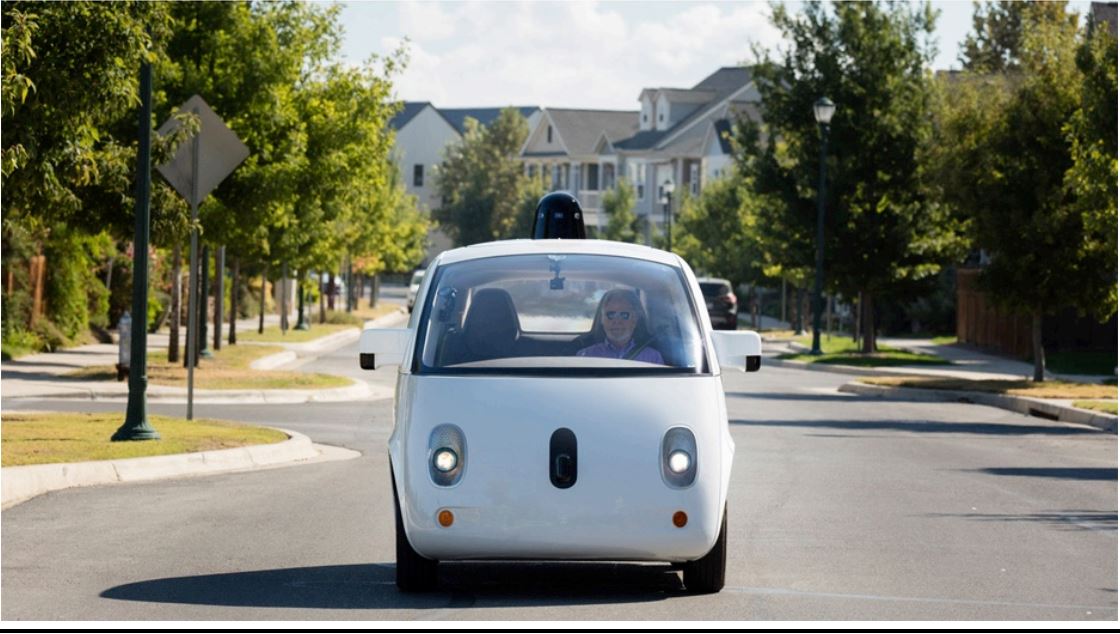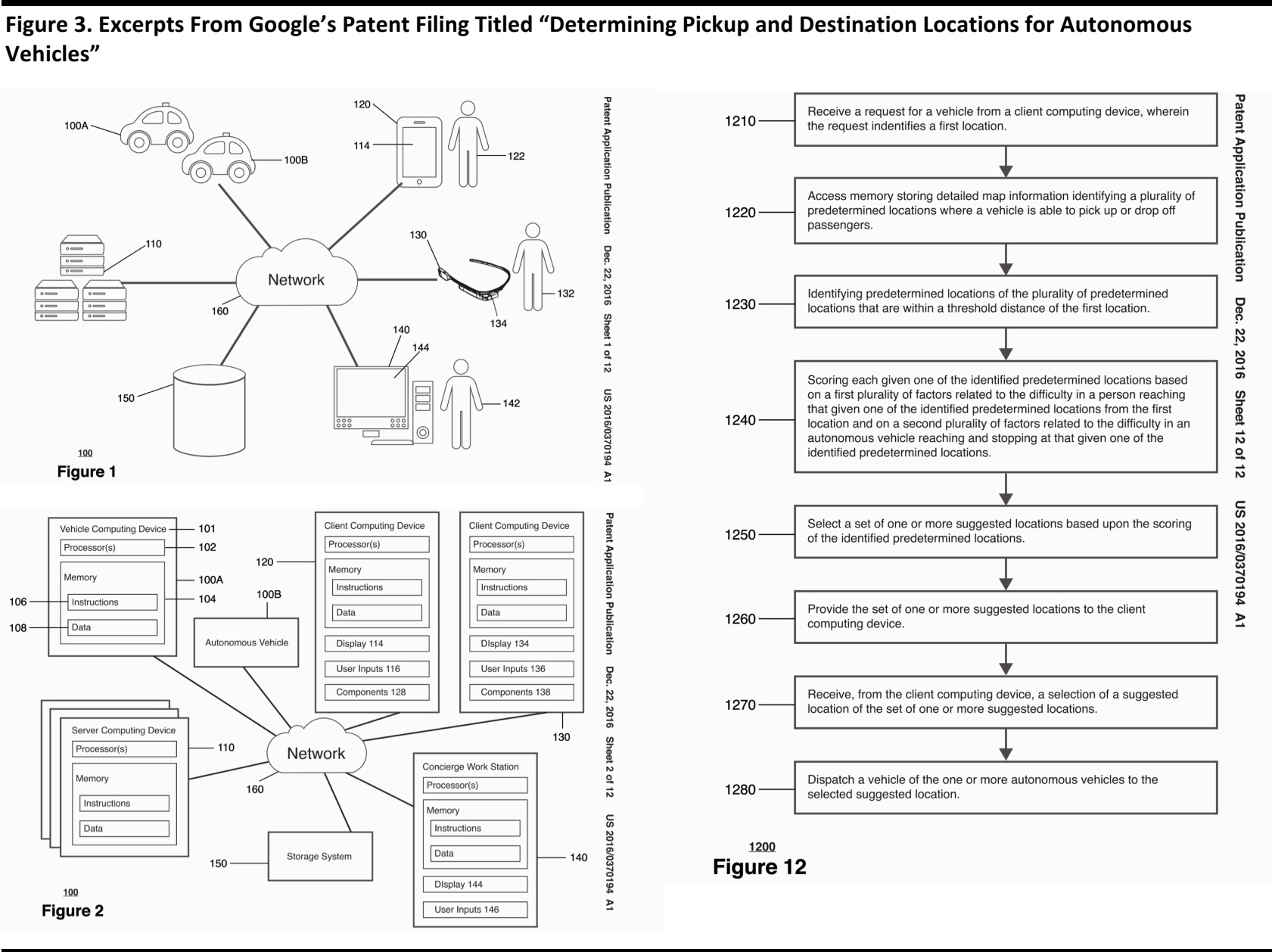
Web Developers
Waymo—The Pioneer of Autonomous Ride-Hailing
The day of “OK, Google, call me a (driverless) cab” is getting closer. In January 2018, Fiat Chrysler Automobiles announced an agreement “to supply thousands of Chrysler Pacifica Hybrid minivans to Waymo to support the launch of the world’s first driverless ride-hailing service.” This was the latest move by Waymo, the autonomous-vehicle firm that was spun out from Google’s parent company Alphabet. In this report, we profile Waymo to better understand what sets it apart from other contenders in the race for autonomous cars.A Brief Timeline of Key Milestones in Waymo’s Journey
Google’s parent company Alphabet has been working on developing vehicles that can drive autonomously—i.e., without a human driver—since 2009. At the time, the project was called “the Google self-driving car project.” The first tests were done using modified Toyota Prius vehicles that drove around Alphabet’s headquarters in Mountain View, California. Nine years and over 4 million miles of self-driving tests later, the Google project has come into its own. In December 2016, Alphabet revealed that it had spun off the project—which, until then, had been part of the firm’s closely guarded research unit, Google X—into an independent entity under its umbrella called Waymo. Waymo creates self-driving systems that can be fitted to cars, allowing them to drive autonomously. In creating a stand-alone company, Alphabet is committed to commercialize the project and produce and launch a fully autonomous car by 2020. Waymo recently ordered “thousands” of Chrysler Pacifica Hybrid minivans from Fiat Chrysler Automobiles and announced that it was set to open its autonomous ride-hailing service to the public, beginning in Phoenix, Arizona, this year. This indicates that Waymo is fiercely determined to achieve this goal, possibly well ahead of time. Source: Waymo.com/FCAGroup.com
Source: Waymo.com/FCAGroup.com
Connected Cars Versus Autonomous Cars
We begin by ironing out some definitions. It is important to distinguish between connected cars, which have been on the market for several years now, and autonomous or self-driving cars.
Connected cars: These are vehicles that can communicate with each other and with those around them using mobile technology and the Internet. Connected cars still need to be operated by a human driver. Autonomous cars: A self-driving or autonomous car is one that can navigate on its own, without the presence or supervision of a human driver. It uses sensors, cameras and artificial intelligence (AI) to gauge its surroundings and drive smoothly. An autonomous car does not require connected technology to be built into it―it should be able to function independently of human control or an external machine. However, both vehicle types stand to benefit from incorporating elements of each of these technologies. Connected technology helps autonomous vehicles to receive real-time updates on traffic and new developments on roads, allowing for safe and efficient navigation. Autonomous technology, such as sensors and cameras placed on the exterior of conventional and connected cars, allows drivers to park easily and notifies them when people or objects are too close.Why Waymo Is Leading the Race in Autonomous Cars
Apart from being reared at Alphabet’s stables, giving it complete access to the firm’s sophisticated technology, profound expertise and commercial clout, there are four other factors worth noting that make Waymo unique:- Its state-of-the-art self-driving technology.
- The number of autonomously-driven miles it has racked up, more than all the competition combined.
- The self-driving technology was created entirely in-house, allowing Waymo to cut hardware costs considerably.
- The company aims to expand the application of its technology to other services and sectors.
 Source: Waymo.com
Source: Waymo.com
1. State-of-the-Art Self-Driving Technology
The cutting-edge technology Waymo uses has raised the bar for all contenders in the race to build the best autonomous car. Apart from nine cameras placed around the car, Waymo’s system contains sensors that work using radar and lidar technologies. Radar uses radio waves and lidar uses laser light to detect objects around the sensors and measure the distance between them. These cameras and sensors constantly gather data, which is processed by the system’s software and allows the car to navigate through traffic independently. The competition cannot yet claim that their technology enables fully autonomous driving. Cars that use the self-driving systems made by competitors Mobileye or Delphi, such as Tesla’s vehicles, facilitate automatic driving, but under human supervision. Previously, Waymo’s test cars relied mainly on medium-range lidar that allowed the vehicle to detect people and objects only within a limited radius; this was the only kind of lidar that existed. Recently, the company created two new categories of lidar technology:- Short range: This gives “the car a completely uninterrupted surround view—under, in front, behind and next to the vehicle’s body—so (it) can safely see small people and objects, no matter how close they are to the car.”
- Long range: This allows the car to detect even “a football helmet two full football fields away.”
2. More Autonomously-Driven Miles Under its Belt than All the Competition Combined
Waymo has conducted extensive research by testing its cars on public roads in the US. The most keenly watched statistics are those documented by the Autonomous Vehicle Disengagement Reports released by the State of California Department of Motor Vehicles, where numerous automakers conduct tests.- Since its inception in 2009, Waymo’s vehicles have self-driven over 4 million miles in 25 US cities.
- In 2017 alone, Waymo’s vehicles recorded 2 million miles in driving tests. Between December 2016 and November 2017, Waymo recorded 352,545 autonomously-driven miles on public roads in California, a little over half of the 637,868 miles recorded in the year-ago period, which was its best run.
- This is significantly higher than GM’s 131,676 autonomously-driven miles on California public roads and the combined 22,584 miles recorded by the competition’s cars during the same period in 2017.
 Source: “Autonomous Vehicle Disengagement Reports,” State of California Department of Motor Vehicles
Source: “Autonomous Vehicle Disengagement Reports,” State of California Department of Motor Vehicles
All of this autonomous driving has paid off. Waymo’s software has improved substantially since 2015. One measure used to check the software’s capability is the disengagement rate: this is the number of times test drivers need to take over when software fails or for safety reasons.
In 2015, Waymo’s test drivers had to disengage 0.8 times for every 1,000 miles driven by its vehicles on public roads in California. In 2016, this rate dropped to 0.2 times per 1,000 miles driven, which is much less than the rate recorded by its competitors, implying a greater degree of sophistication in its technology. This rate remains the same for 2017 as well.
1. Its Self-Driving Technology was Developed Entirely In-House, Allowing Waymo to Cut Hardware Costs Considerably
Waymo developed its state-of-the-art self-driving system entirely in-house, which has helped in lowering the cost of lidar technology and given the company an almost-monopolistic edge over its competitors, even if it is only temporary. A single high-end lidar sensor used to cost $75,000, according to Waymo, but it has since managed to slash this by 90%. In December 2016, when Waymo’s CEO, John Krafcik, was spinning off the firm from within, he stated that Waymo was actively looking for suppliers to work with and was hoping to bring costs down further in a drive to commercialize the system. We believe car manufacturers are going to seek Waymo’s offering over the competition, until competing firms are able to develop a similarly sophisticated yet affordable system that enables complete autonomy in driving, because of Waymo’s:- Proprietary self-driving system that includes breakthrough technology and software;
- Proven track record for safety and mileage; and
- Successfully managing to significantly decrease costs.
 Source: USPTO.gov/Waymo.com
Source: USPTO.gov/Waymo.com